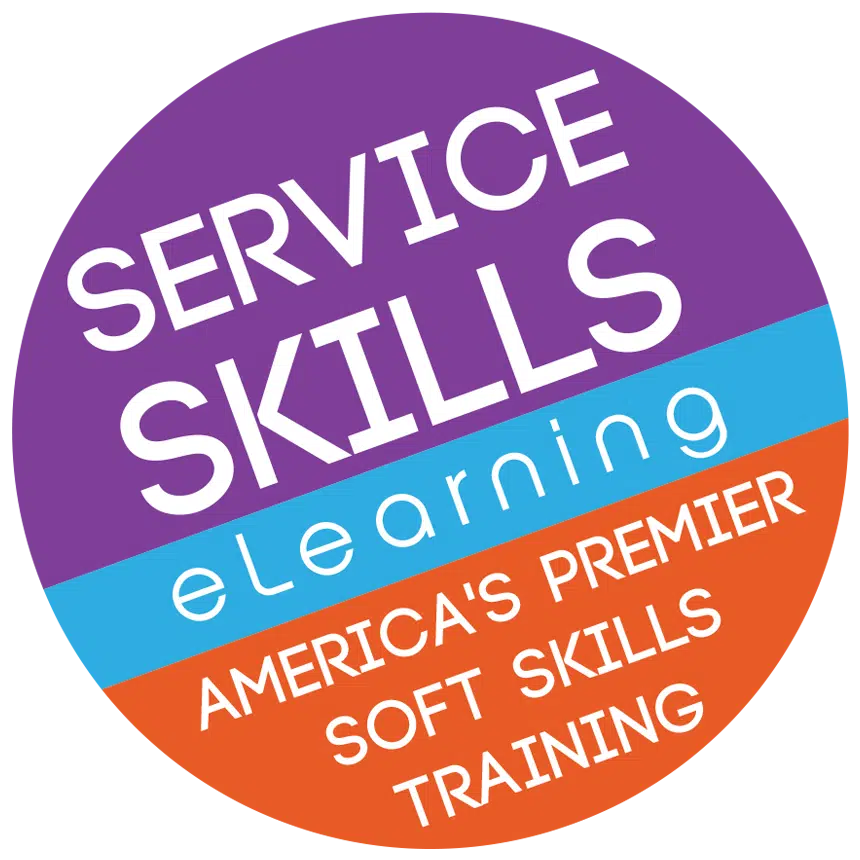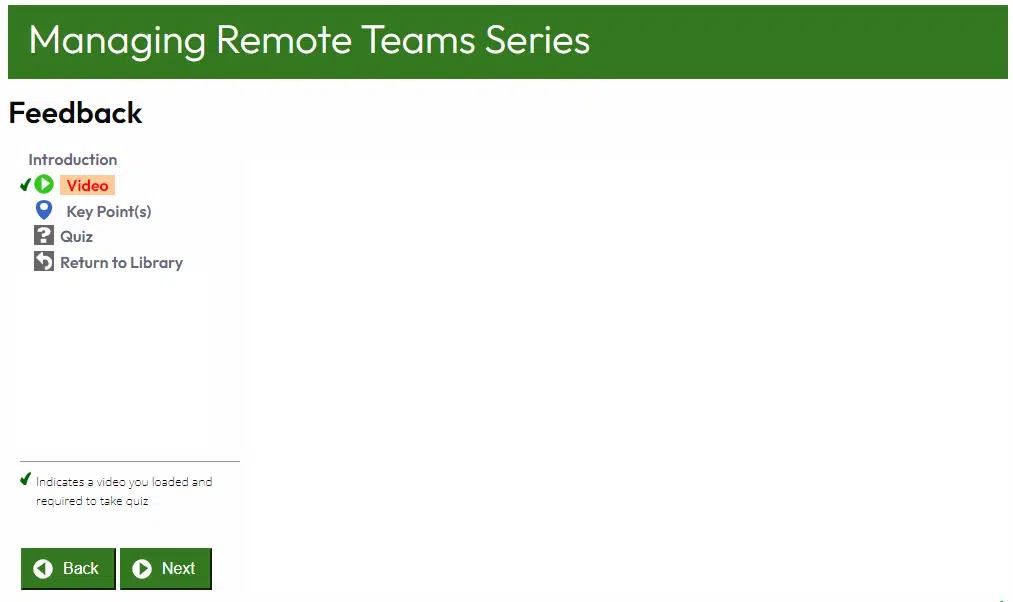With the introduction of new technologies and shifting cultural norms, our physical work environments have been slowly evolving. One of the most significant changes has been the transition to remote working. With new ways of working come new challenges and the need to adjust management styles to reflect the freedom and flexibility of hybrid workplaces. This series teaches practical solutions to maximize results when managing remote or hybrid workers.
Here’s what your team will learn:
1 Course
Onboarding
Onboarding a new hire can be difficult in the easiest of circumstances but is made more challenging by a hybrid working arrangement. With advanced planning and enthusiastic effort from everyone on the team, new hires can be successfully onboarded even in remote situations.
2 Course
Helping Staff Succeed
While working from home offers many benefits including convenience and comfort, there are certain considerations to make when setting up a workspace and managing time.
3 Course
Setting Objectives
Hybrid or remote working requires a shift in our mentality about how we manage others. It requires doing away with merely observing activity and instead, switching towards measuring what people actually achieve. This is done using team and individual goals that support the organization’s mission.
4 Course
Motivation
Motivation is not something that can be “done” to a person or a team. You can’t really motivate another person. Rather, team leaders need to create an environment and the conditions where team members become motivated. Also addresses factors which can serve to demotivate.
5 Course
Communication
In a hybrid workplace, some natural opportunities for communicating with the team are no longer easy options. Instead, team leaders will need to put the effort in to ensure they’re regularly communicating with their employees.
Feedback
When working remotely, feedback is one of the most important tools a team leader has for improving productivity. How team leaders deliver feedback matters though, which is why the CEDAR approach is a must-have for the management toolkit.
7 Course
Creativity
In a typical in-person workplace, creative ideas can be generated from spontaneous or random conversation. This is not usually the case when working remotely, however. Team leaders are tasked with providing a system and time for problem solving and brainstorming creative ideas.
8 Course
Reviewing Performance
It’s easy for employees working remotely to feel isolated and under-appreciated. This may lead to reduced productivity and increased employee turnover. To combat this, team leaders should provide regular support and review performance using the CEDAR approach.
9 Course
Addressing Performance Problems
Just as in face-to-face workplaces, team leaders will be tasked with addressing gaps in expected performance with their employees in a hybrid environment. By preparing the employee for the meeting and structuring the conversation around the CEDAR approach, team leaders can effectively address performance problems with hybrid workers.
10 Course
Managing Team Time
Leading hybrid team members requires a shift from managing by observation to managing by output. When employees are working remotely, team leaders can’t see them being productive team members. Through increased communication, team leaders can ensure that employees are achieving at the rate that’s needed to meet objectives.
Give your staff the skills to handle every interaction with confidence, professionalism and care. Try ServiceSkills for free by entering your office email below.

4.8/5 stars from hundreds of reviews











